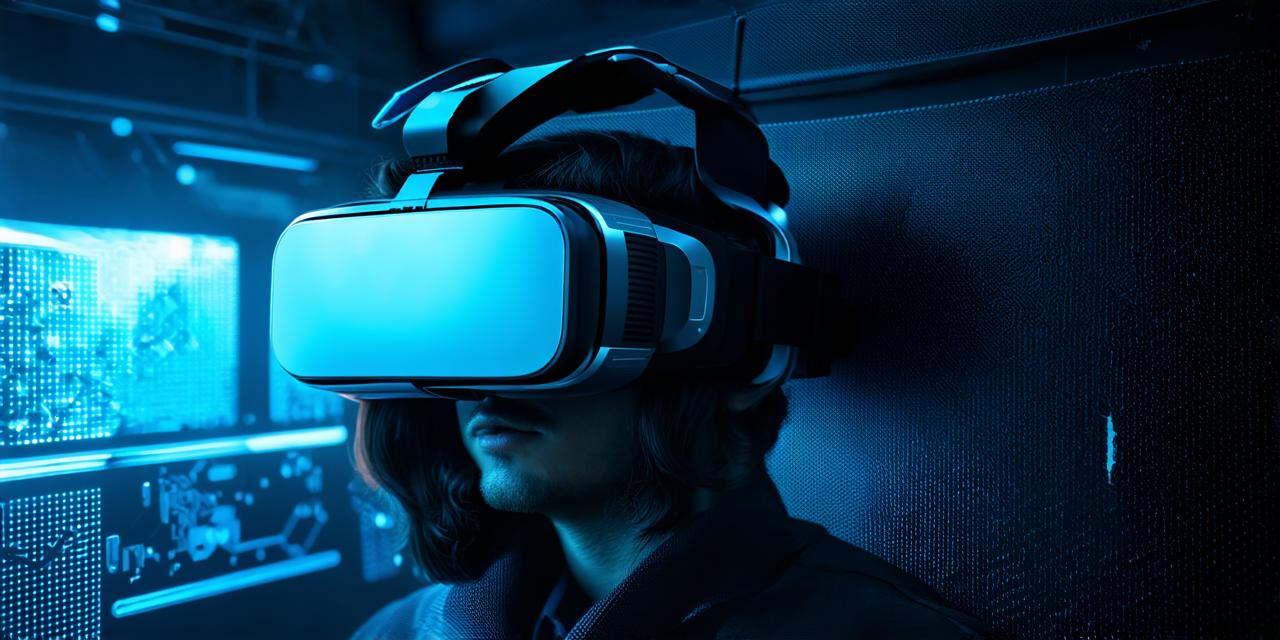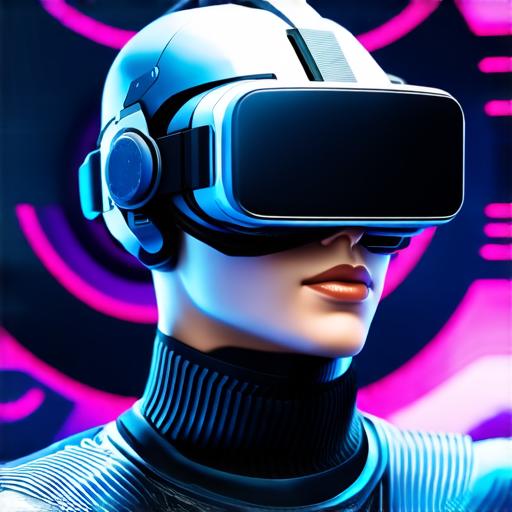
What is the purpose of virtual reality headsets?
Virtual reality (VR) technology has come a long way since its inception, and virtual reality headsets are now an essential piece of equipment for anyone looking to experience immersive virtual environments.
What is Virtual Reality?
Virtual reality refers to a computer-generated simulation of a 3D environment that users can interact with using specialized headsets, gloves, or other input devices. The idea behind VR is to create an immersive experience that makes the user feel like they are in a different world.
Purpose of Virtual Reality Headsets

The main purpose of VR headsets is to provide users with an immersive and interactive experience. They allow users to see, hear, and interact with virtual environments in a way that mimics real-life experiences.
One of the key advantages of VR headsets is that they can be used to create highly realistic simulations of real-world environments. For example, VR can be used to train medical professionals to perform surgeries or to simulate emergency response scenarios for firefighters. This allows users to practice their skills in a safe and controlled environment, which can help them improve their performance and reduce the risk of injury.
Another advantage of VR headsets is that they can be used to create highly engaging and interactive educational experiences. For example, VR can be used to teach students about history by allowing them to explore ancient civilizations or to learn about science by simulating experiments in a virtual lab. This makes learning more fun and engaging, which can help students stay motivated and focused.
Virtual Reality Headset Types
There are several different types of VR headsets available, including:
- PC-powered VR headsets: These headsets require a high-performance computer to run and typically offer the highest level of graphics and performance. Examples include the Oculus Rift and HTC Vive.
- Mobile VR headsets: These headsets are designed to work with smartphones and tablets and are ideal for on-the-go use. Examples include the Samsung Gear VR and Google Daydream.
- Standalone VR headsets: These headsets do not require a computer or phone to run and can be used in any location. Examples include the Oculus Quest 2 and HTC Vive Pro Eye.
Conclusion
Virtual reality headsets are an essential piece of equipment for anyone looking to experience immersive virtual environments. They offer a wide range of applications, including gaming, training, education, and entertainment. By providing users with a highly realistic and interactive experience, VR can help people learn new skills, improve their performance, and have fun. With the advancements in technology, virtual reality headsets are becoming more affordable and accessible to everyone, making them an exciting and innovative tool for the future.


